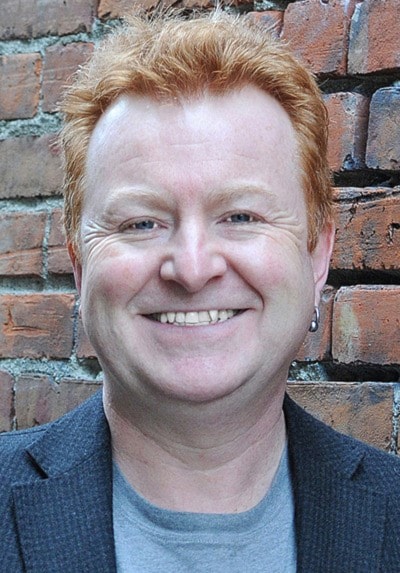I went to prison last week, but, fortunately, the guards let me out again.
I was invited to William Head Institution as a guest of the Restorative Justice Coalition to meet a circle of inmates who want to turn their lives around through open discussion with each other and, in some cases, face-to-face talks with their victims.
Due to privacy concerns and institutional rules, I’m not allowed to discuss details of the prisoners who attend the weekly discussion, but I can say that I observed genuine remorse and pain coming from these men.
William Head is a minimum-security facility in Metchosin, about 25 kilometres west of Victoria. As such, the inmates here are considered low risk to cause trouble within the razor-wire fence. Some of the men I met are serving their time for murder, manslaughter, fraud and sexual assault. Several of them have been incarcerated for several decades already, and the theme of the evening was forgiveness.
The biggest difference between the perpetrator and the victim is that following a serious crime, the victim has to carry that pain while continuing his or her daily life. The criminal’s life, on the other hand, is taken out of his or her control and placed into an institution full of strict rules that leaves lots of time for rumination. Counselling is both encouraged and provided for the inmate, but little thought or healing is given to the victim after the trial is over.
The inmates who sat in this circle represented only one-tenth of the prison’s population (“the brightest 10 per cent” as one inmate told me) but the weight of their crimes was palpable. One lifer talked about how meeting the daughter of his victim, 20 years after the crime, had brought healing to them both; while another’s crime has scarred a family so deeply that victim impact statements still arrive at every parole hearing 28 years after the event.
For the younger inmates, the crime is still an oozing wound that no bandage can cover. It’s up to the victims to open the door to restorative justice, and while I do believe there is strong and worthwhile healing in the process (for both victim and criminal), everyone arrives at that door at their own pace. A truly remorseful prisoner will always be the first one to want that healing, but not every victim will be able to reach that point. For some, it’s an impossibility. But if a victim is ready for some closure, it’s reassuring to know that the incredible volunteers of the Restorative Justice Coalition are there to help.
Quick thanks for the Q
Thank you to everyone who voted in Pride Week’s first Victoria Q Awards and selected Monday as its top queer-friendly media. We couldn’t be happier to be accepted by such a wonderful community and acknowledged for the stand we take to make sure everyone is treated with equal respect and compassion. M
